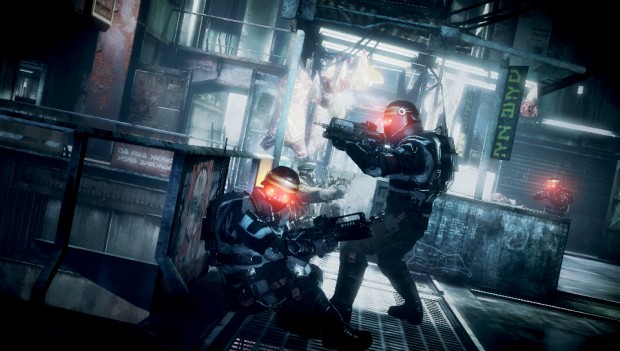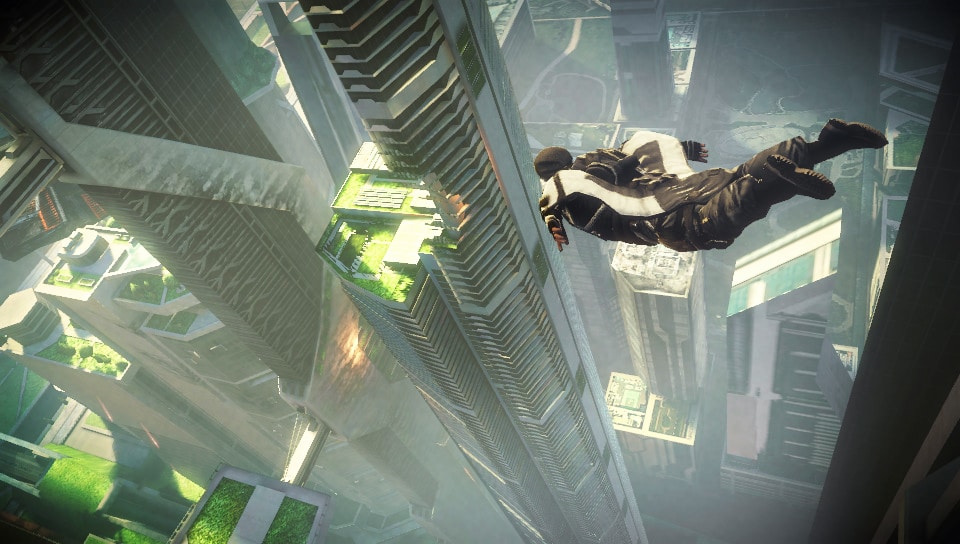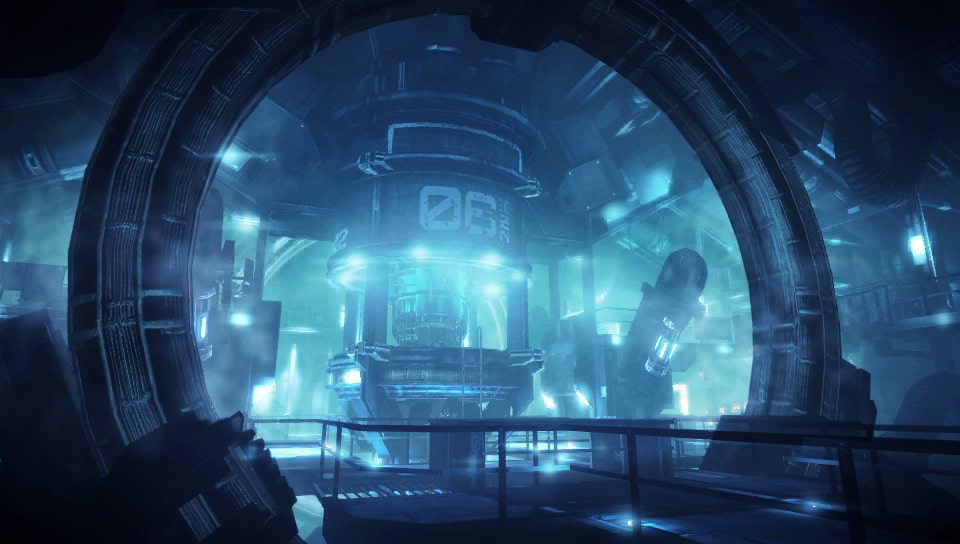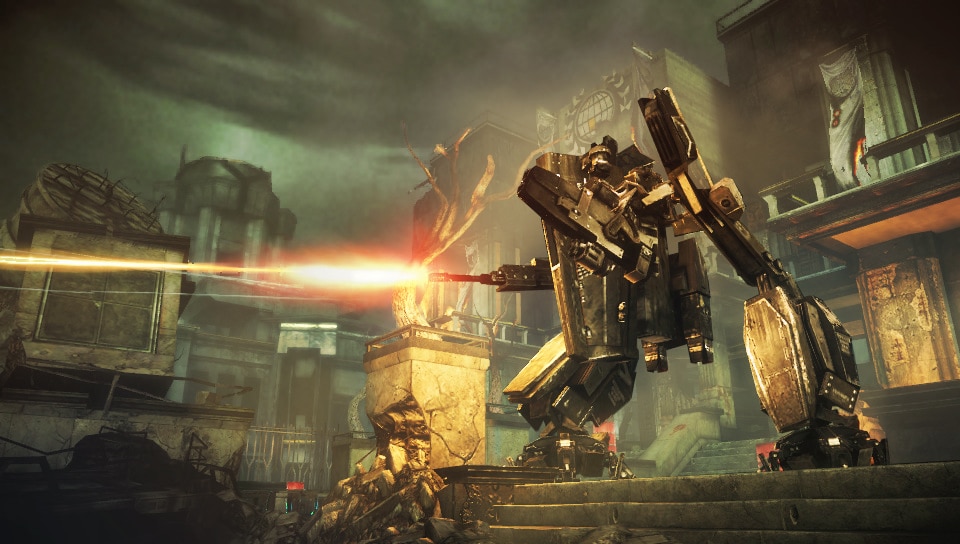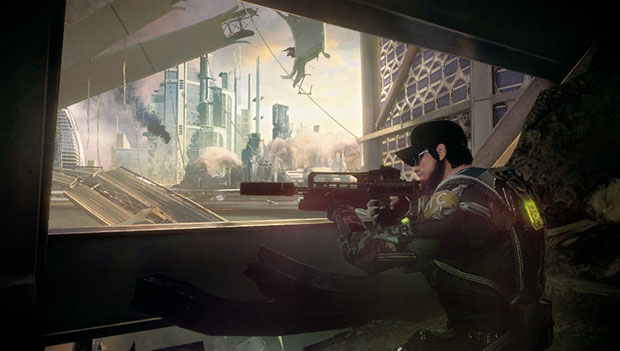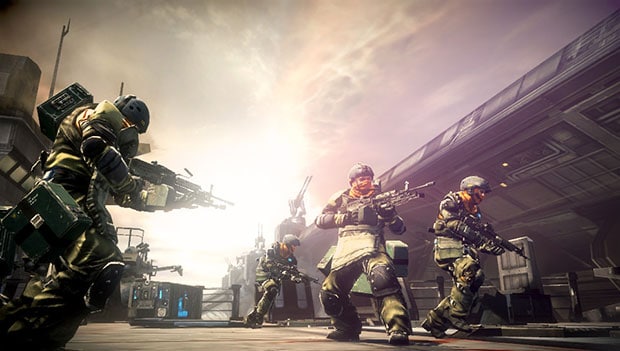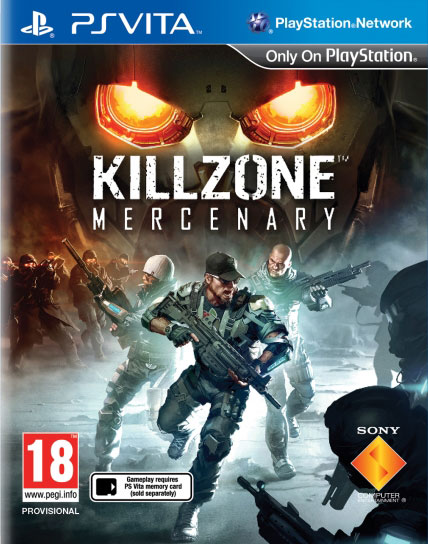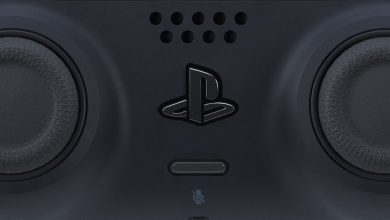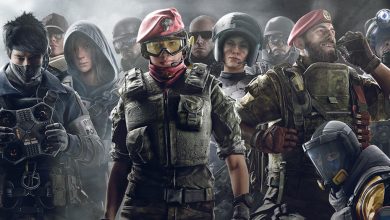You know you’re pumped for a game when you find out the embargo date for it and inform the public relations folks (responsible for giving you a review copy) before they can. Having said that, it is a tad ominous that there is such little interest from Sony for one its bigger first-party franchises. Then again, given how dismal the Vita’s performance has been at retail here, you can’t blame them for not even trying. Yet amidst all the doom and gloom surrounding Sony’s second handheld attempt comes a title that is a lot more than meets the eye.
In a year that’s seen the Vita on the receiving end of a boatload of indie titles and very little else (unless you’re a fan of Soul Sacrifice like yours truly) there’s been very little to be enthusiastic about. While the handheld’s debut season saw gems such as Gravity Rush, Uncharted: Golden Abyss and Persona 4: Golden hit the shelves, both digital and retail, 2013 seems like a damp squib in comparison to the point where if you’re not a fan of non-AAA games, you’d have considered selling yours off if you already haven’t.
You’ll revel ending your foes, both ISA and Helghast, in a variety of ways, ranging from homing missiles to a good old-fashioned knife to the groin.
And in struts Killzone: Mercenary without a care in the world to make you reconsider your potential actions. Even if it is for a brief period. From the outset, the concept seems sound. Unleash upon an unsuspecting public a title in Guerilla Games’ brutal series fraught with war, oodles of death, and the odd double-cross or twenty, draped in some sinfully good multiplayer,well, if the beta was any indication. At the time of writing this review, I haven’t been able to ascertain the multiplayer modes that shipped with the retail version.
So onto the single-player mode then. You’re Arran Danner, a tatoo-armed, silent protagonist of Mercenary’s single-player campaign. Aside from resembling a cleaner, futuristic iteration of the John Dudebro archetype that most military shooters employ, you’re a mercenary selling your skills to the highest bidder. Set during the events of Killzone 1 and 2, you’ll find yourself running and gunning for both the series’ titular ISA and Helghast factions in an assortment of missions. Along the way, you’ll revel ending your foes, both ISA and Helghast, in a variety of ways, ranging from homing missiles to a good old-fashioned knife to the groin. And though the plot isn’t the game’s strongest suit, there’s enough variety in locales to have you playing till the very end. Without spoiling much, you’ll be skulking around a host of interesting vistas, including Helghan markets and war-torn embassies indulging in demolition missions, escorting NPCs or simply surviving waves of disposable soldiers till your ride shows up.
In terms of pace, it isn’t as weighty or deliberate as Killzone 2 and neither does it feel as Call of Duty-ish as Killzone 3.
A few minutes in and it feels familiar if you’ve experienced the series earlier, barring a few Vita-exclusive features such as tapping the touchscreen to deploy weapons and melee soldiers. In terms of pace, it isn’t as weighty or deliberate as Killzone 2 and neither does it feel as Call of Duty-ish as Killzone 3. It treads a delicate middle ground between the two to the point where neither series veterans nor newbies will feel offended. This almost measured sense of movement is punctuated with the use of the circle button to sprint or crouch depending on the situation. Thankfully, you can sprint by tapping and holding the rear touchpad, which comes in handy more often than not. There’s the all but expected use of the twin analogue sticks as well as right and left shoulder buttons. Thanks to the touchscreen and rear touchpad you don’t miss the lack of secondary shoulder buttons (R2, L2).
All of these come together to give a feedback that’s distinctive to this game and hopefully an indication of how future titles would control. You never feel like you’re working against the controls but they aren’t letting you hop around like a frog who just consumed way too much Red Bull either. It’s a sweet spot that the series can finally call its own. It’s even more interesting when you consider that the team behind it isn’t the Dutch one responsible for the solid quadrilogy of Killzone titles, but their Cambridge team.
This is arguably the best looking game on the Vita at the moment. And it chugs along at a smooth framerate without a hitch.
In addition to refining the controls, the developers have introduced some new weapons into the fray. To name a few, there’s the Porcupine missile launcher that lets you tap the touchscreen to launch a barrage of rocket laced death at your opponents, and the Mantys Engine, a stealthy drone that lets you take enemies out via remote control. You’ll find yourself stockpiling the absurdly wild amounts of cash the game showers on you to purchase one or more of these special death dealers instead of using the bog standard conventional guns the series is usually known for.
Apart from this, it looks gorgeous. From grimy factories to gigantic cruisers, every inch of Mercenary has the graphical fidelity we’ve come to expect from the series, complete with neat lighting and particle effects that look even better thanks to Vita’s OLED screen. You’ll be hard pressed to notice the odd jagged edge or low-res texture unless you’re actively seeking out imperfections. This is arguably the best looking game on the Vita at the moment. And it chugs along at a smooth framerate without a hitch.
Yes, you can sneak through entire sections of soldiers for a fat chunk of currency. Never does it feel forced or broken.
While all of this seems like par for the course, things get interesting really quickly. Borrowing from a glut of social games comes the Valor system. Every kill you get, in both single and multiplayer, nets you in-game cash that you can use towards weapons, ammo or items. The amount of cash depends on how you kill your foes, with headshots, melees, multi-kills and explosions netting you more money. On uploading your stats, you’re awarded a card representative of your current skill level (and how regular you’re playing the game). Collect an entire deck and you’re in line for some major rewards that let you trick out your inventory with some slick weapons and items. Since your Valor level is determined on the cash you’ve earned vis-a-vis everyone else, it demands that you play regularly.
And play regularly you shall. It shouldn’t take more than 5 to 6 hours to clear the single-player campaign once, and doing so unlocks a bunch of optional objectives that tie in to different play-styles such as stealth and demolition. Yes, you can sneak through entire sections of soldiers for a fat chunk of currency. Never does it feel forced or broken. In fact, it lends itself very well to the game and adds more replayability than you’d expect from a series known for its linearity. Each level is filled with intel that you can collect by hacking, which in itself is a rather tense mini-game of matching pieces of a puzzle in a short duration. You can also interrogate key personnel to flesh out the story further.
Unlike the other games in the series, Mercenary seems to lack a sense of grandness that its predecessors had in droves.
As you can see, there’s a lot more to Mercenary than just shooting baddies. The level design allows for gameplay options like stealth that were earlier unheard of in the franchise and the valor system is rewarding. Combine that with an improved (and varied) arsenal of weapons as well as some slick melee animations that always seem to be fresh no matter how often you bash an enemy’s skull in, and you have an immensely entertaining experience.
However, it’s not without its flaws. Unlike the other games in the series, Mercenary seems to lack a sense of grandness that its predecessors had in droves. The lack of an imposing villain along the lines of Scolar Visari as well as the plot’s presentation in the form of mission briefings that consist of text, videos and infographics instead of cut-scenes robs it of some its lustre. More annoying though is the save system. For a game consisting of nine chapters you’d think that saving during missions was possible given that each mission takes 30-60 minutes to complete depending on how you play. Well, like I, you guessed wrong. It’s annoying to have to restart a level all over again especially when you were nearly done with it the first time around. This makes for play sessions that are anything but portable. Hopefully there’ll be an auto-save patch out soon.
Killzone Mercenary manages to piece together a solid, well-paced campaign that lacks some of the flourishes we’ve come to expect from the series. Nonetheless, there’s more than enough here to warrant a purchase. Even more so digitally given that it’s around Rs 800 less than what you’d pay for a physical copy. If you’re a fan of the series or simply looking for an excuse to switch on your Vita, look no further. I know I won’t.
